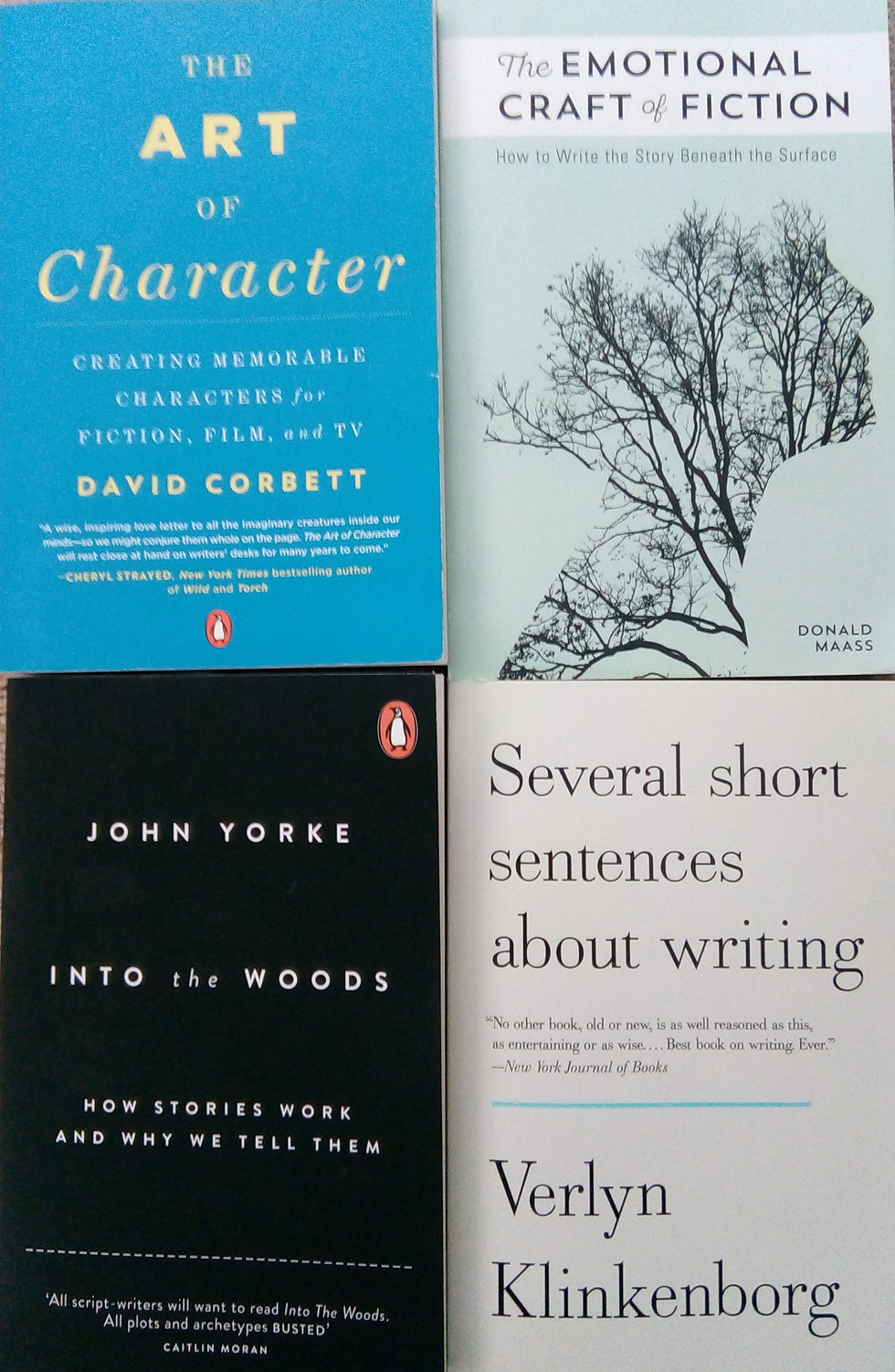Showing and Telling
- Rik Lonsdale

- Feb 12, 2020
- 2 min read
The last two weeks have been used looking at the old Show vs Tell issue. In my innocence I thought this would be simple. I should know by now that whenever I think it will be easy a spotlight is about to shine upon the huge gaps in my knowledge and ability.


Besides the usual readings from the set texts I’ve also reread Hemingway’s ‘Hills like White Elephants’, and I think it is this piece that inspired the exercise:
“Then write a scene in which one character is trying to persuade another character to do something against their will; however, do not be explicit about that intention. Make sure you create tension in the scene, and make sure something changes (even if it is yet to be resolved).” Andrew Wille 2019.
I recommend this exercise. It’s not easy (well I found it difficult), but it pushed me into being precise with my words, making sure that the characters were true to themselves and the story I am working on. Showing this conflict, this attempt at persuasion without owning up to it, reminded me of how this kind of scenario occurs in real life, how often motives are unspoken and unclear. How what people mean is not carried only in the words they speak, but in their posture, their gestures. To bring characters to life the writer must consider all this. What are the characters hidden motives and how will those be shown, by what non-vocal means, and how will you, as the writer, show this in the writing in an active way without slipping into a passive ‘telling’ of how it is.
I have also read ‘The Things They Carried’ by Tim O’Brien. Set during the Vietnam war this masterful example of ‘showing’ using significant detail is worth searching out.
Drilling down into significant detail in a scene engages the reader and gives life to the writing. The worried frown may tell us she’s worried, but the teeth nibbling away at the stub of a nail not only show the worry but lets us know a little more about the character.
In doing these exercises, I discover more about the characters I have invented, I get to know them and understand how they will act and what they will be thinking. This feeds into the story and subtly changes how it unfolds. Yet there is sufficient uncertainty for me to sometimes be surprised at some of my characters actions. I take this as a cue to look closely at the significant detail, to make sure my character is still ‘in character’. If he is changing is there sufficient reason and motive and does the story demands it at this time?








Comments